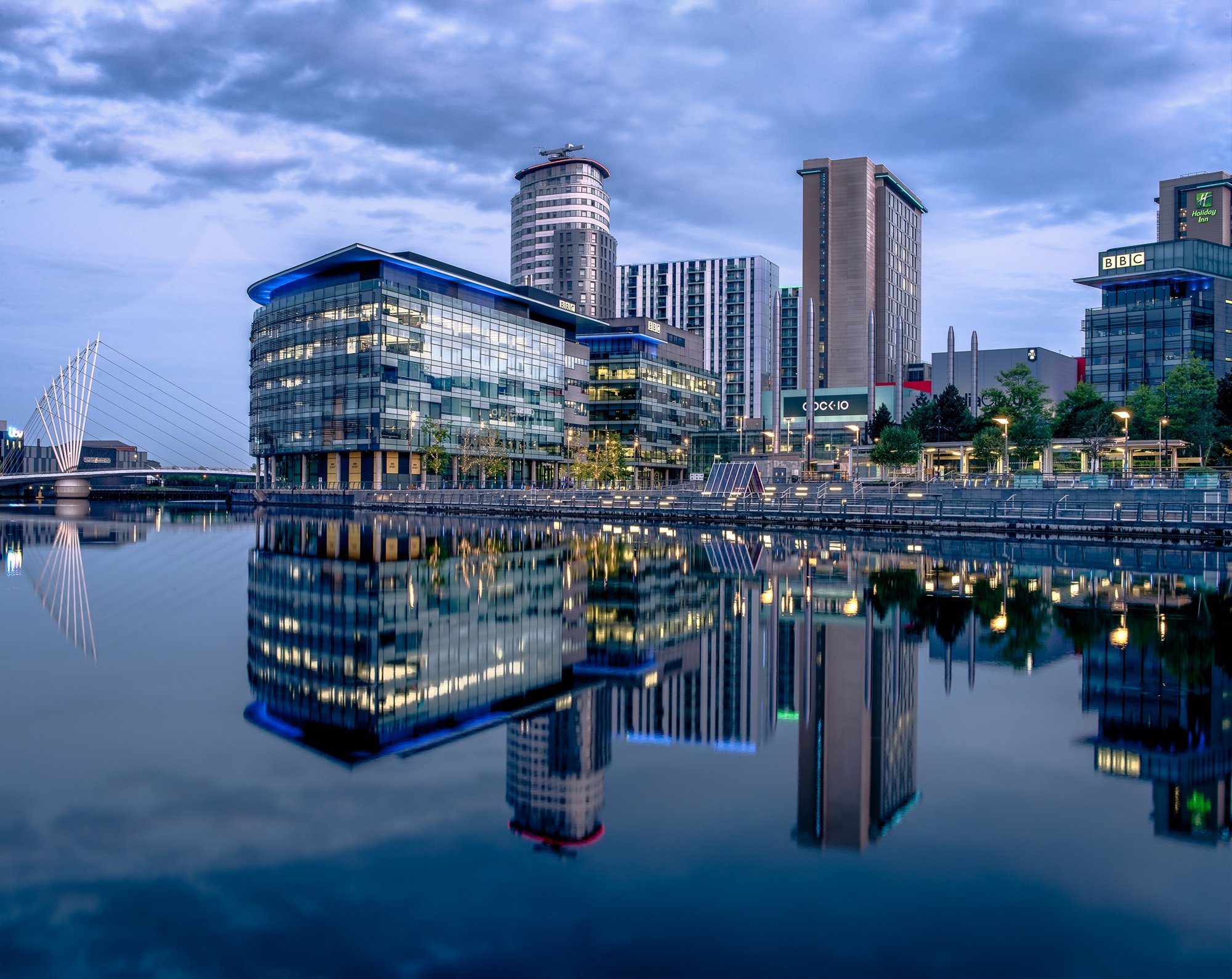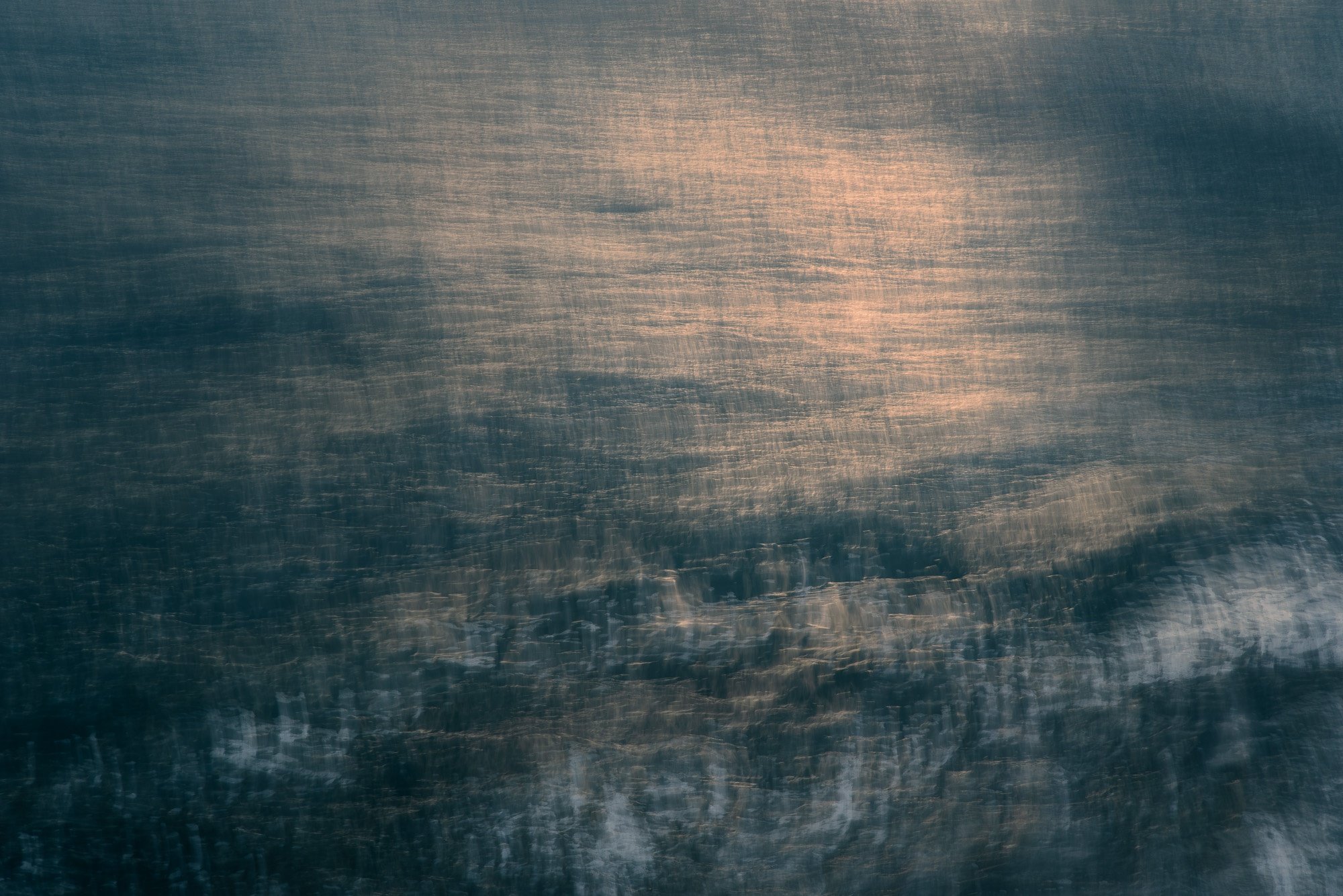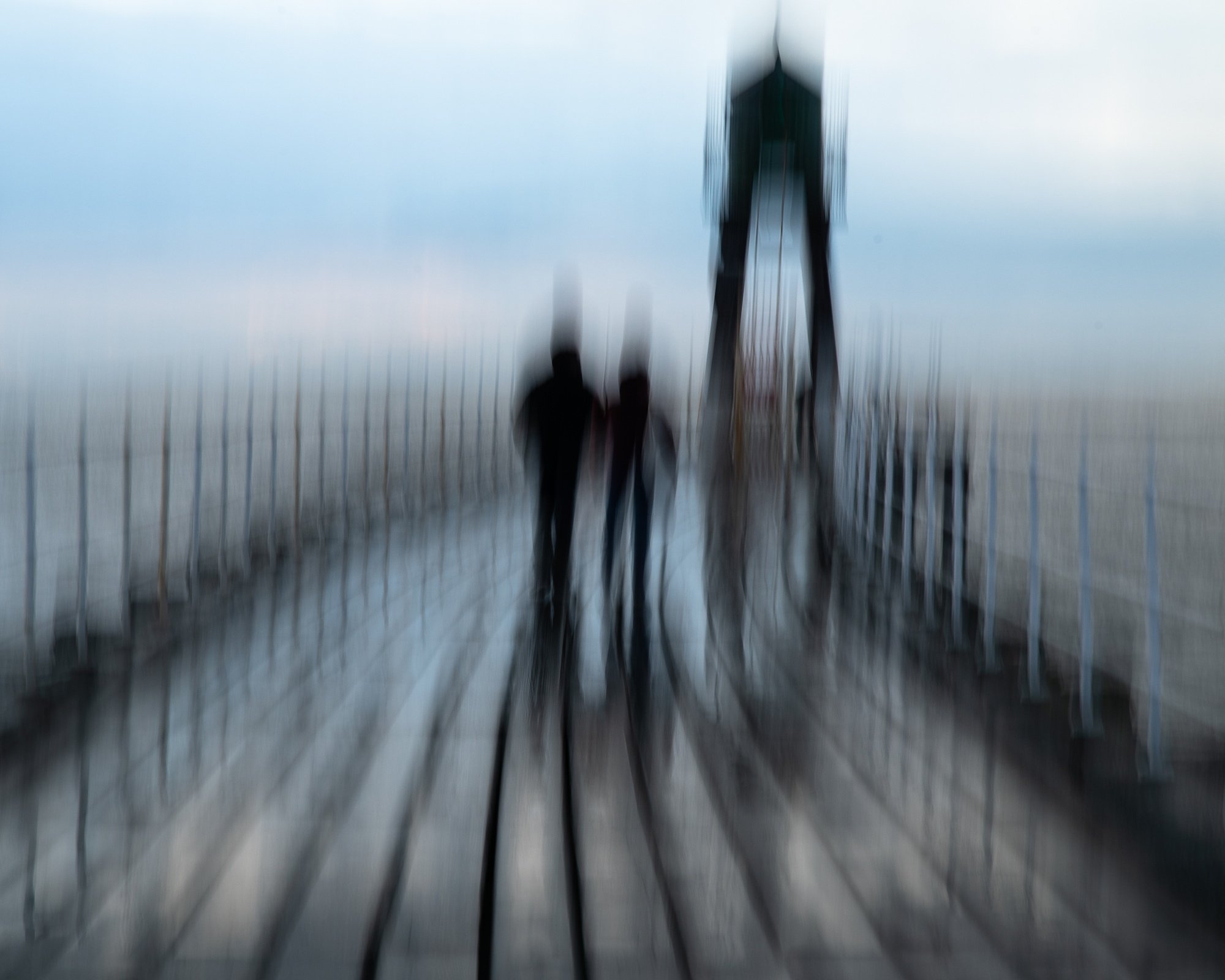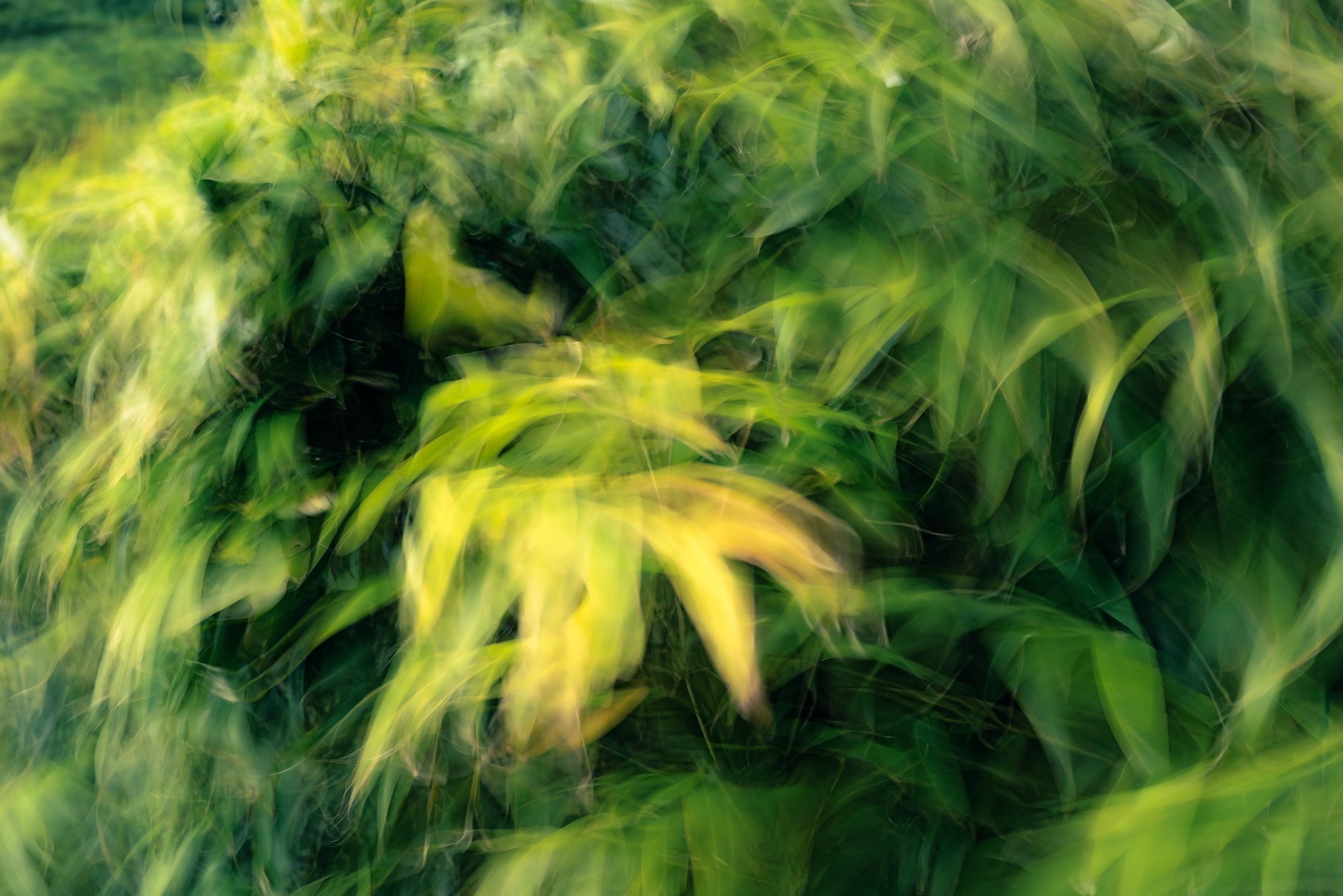BRIDGING THE CREATIVE GAP
BY JOHN KENNY
There are a few thoughts (just a few) that have been going around in my head where the pieces have not fallen into place until recently coming into contact with a few other influences and interviews with other photographers. In episode #314, there is an inspirational excerpt from an earlier interview with Thomas Heaton, where he references a belief that the value he attaches to the quality of a photograph has much to do with the suffering it took to get the photograph. Something that a lot of photographers can no doubt relate to.
Coincidentally I also caught a recent episode on his YouTube channel where he received his IR-converted Fuji camera back and the palpable sense of excitement he had about getting out to use it. This excitement was derived from the fact it would allow him to express his creativity during Summer, particularly in the midday sunlight, where he felt unable to do so following his usual process. If you caught this episode, you’ll appreciate it is hard for his enthusiasm not to have rubbed off as we find ourselves casually Googling the availability of an IR-converted camera! This converted camera would in effect give him a new way of looking at the world without the certainty of the end result that his experience and knowledge would normally provide.
This got me thinking about a few pictures that I have made recently. When attending Photo North in Manchester I looked to see what I could photograph whilst I was there, particularly with a view towards using a tilt-shift lens in the wild, so to speak. I looked for subjects and vantage points on Google and came back with a few panoramic images. One of these involved getting up at 03:00 and walking to Media City in Salford for sunrise. I then had to find a composition, focus manually, then shift the lens in a series of bracketed exposures as the sun was rising. Technically for me, this was quite challenging. It was an unknown location, walking a strange city in the early hours (and being trailed briefly by a curious Police car), and didn’t create the internal dialogue I might have had on a beach near home.
Encouraged by this effort, I then went to the top of a multi-storey car park whilst waiting for the bus home to get at least one more cityscape. I live in the countryside so this was a novelty. I lined up what I thought would work, set focus, and manually adjusted exposure for each frame of the panorama. Job done.
Arriving home from Manchester, and downloading the images before creating the finished panoramas in Photoshop, I was happy with the result. These images matched my expectations for what I should have been able to create. However, after a little reflection, I felt something was missing. I had seen the image in my head, and got exactly what I expected, but felt curiously deflated.
Now, it could be that the subject matter was not as exciting as I had hoped, but having listened to the last episode and going back to Thomas Heaton, I believe the problem lies with my expectations. When I started taking photography more seriously (2019 I reckon looking at Lightroom), and possibly a result of one of the attractions of film, everything was new. I experimented and played with shutter speed, aperture, and any of the fun modes the manufacturer put in there without any real idea of what I would get. There was a lot of failure and a lot of growth. I would not be happy with some of the images or compositions today, but that is to be expected.
I have become more experienced and technically the images might be better but I have often felt that they are just “of something” rather than “about something” (I think James Popsys said that in one of his videos). I feel that when our expectations are met in terms of photography, the excitement seems to be missing somehow. There has not been any growth or expansion of the comfort zone (expansion as described by Grant Scott, #310).
In contrast to the panoramas attached, I went out to try some Intentional Camera Movement (ICM) with a variable ND attached to my 85mm lens. I tried moving or letting the wind move my subjects. I didn’t know which way to move the lens to get the best results, what shutter speed, how fast to move it, which subjects would work etc. Everything was an experiment and there were no expectations. With no expectations, and minimal suffering (there was a little rain at the seaside), I was still more interested and excited to see the results as opposed to using a more technical approach to record a scene.
For me, I have come to believe, that the excitement comes from having no expectations in terms of the outcome. There is an element of visualization, an idea or concept, that I am trying to achieve. I hope I have the technical knowledge to do it, but the magic is in bridging The Creative Gap (Marc Silber). That little bit of uncertainty borne out of trying something new, experimenting or playing with the medium. Much like with Thomas Heaton and his IR camera.






